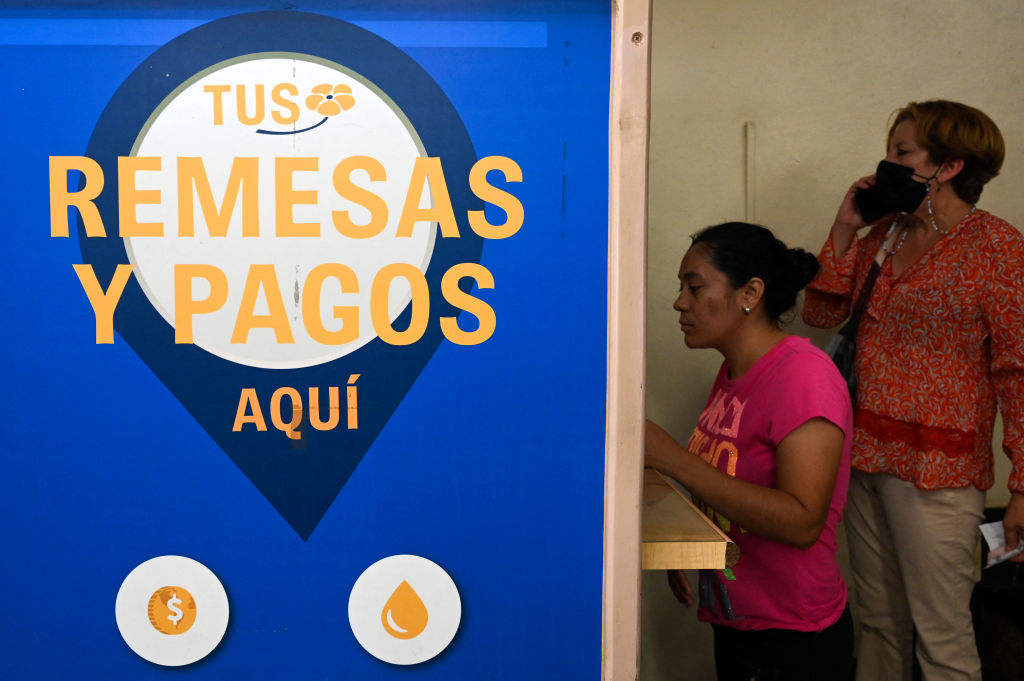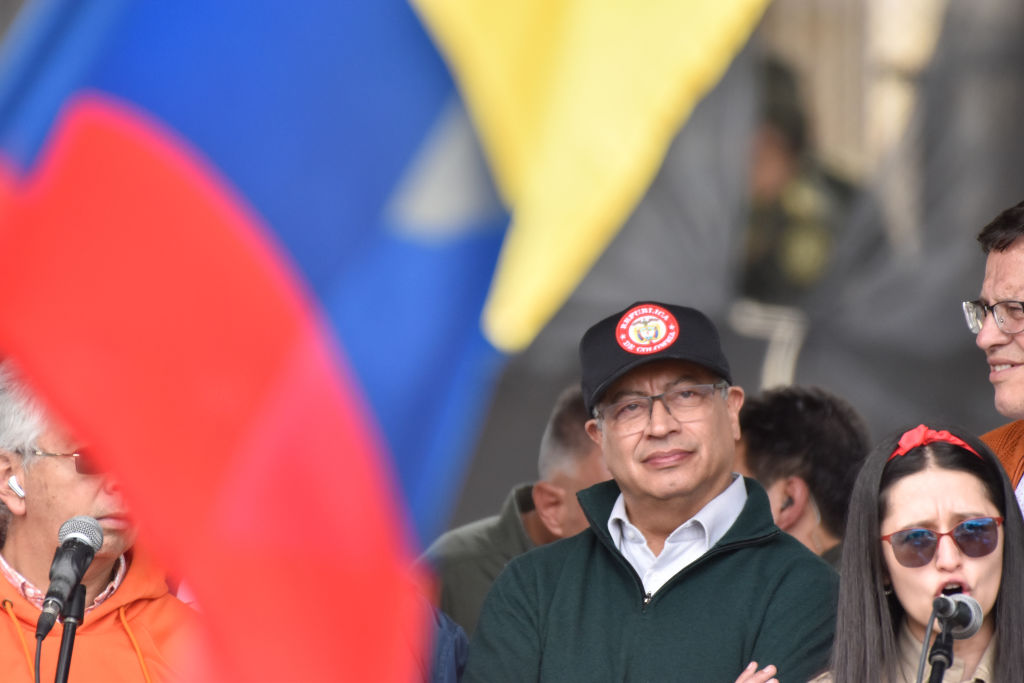Big Spender: Brazil's International Lending Ventures
Big Spender: Brazil's International Lending Ventures
Brazil is expanding its global influence through its growing development bank, as well as exploring ways to create new organizations and have a greater say at existing lending institutions.
As Brazil pushes for a greater voice for emerging powers in international lending institutions, it is striking out on its own, investing in global lending from its expanding development bank and pursuing new organizations of developing countries. While the country explores the creation of new development banks—one within Latin America, and the other with the BRICS—it has already amassed a loan portfolio three times the size of the World Bank. Its lending ventures are allowing Brazil to pursue a geopolitical strategy to consolidate itself as a global power.
First, Brazil wants to expand its power within existing lending institutions, including the International Monetary Fund (IMF) and World Bank. While the IMF voted to expand the vote for emerging countries at the IMF in 2010, the United States has yet to pass legislation for the quota to take effect. Brazil’s representation would have increased to 2.3 percent this year; it currently stands at 1.79 percent. During a BRICS summit in late March, Brazil, along with China, India, Russia, and South Africa said it would only increase lending to the IMF if the institution gave those countries more voting power. At the World Bank, Brazil urged the institution to elect a non-U.S. president this year and nominated former Colombian Finance Minister José Antonio Ocampo for the job. In addition, Brazil saw its World Bank voting share increase to 2.24 percent from 2.06 percent in 2010, giving it the largest share in Latin America. Toward the end of his administration, Brazil’s former President Luiz Inácio Lula da Silva rallied for developing countries to have a greater say in financial institutions, telling the UN General Assembly inn 2009: “Poor and underdeveloped countries must increase their shares in the IMF, World Bank. Only more representative and democratic international agencies will be able to deal with complex problems like reorganizing the international monetary system.”
Facing slow progress at existing lending institutions, Brazil is pursuing the creation of new organizations. Brazilian President Dilma Rousseff participated in discussions to create a development bank with the four other emerging economies in the BRICS group at its annual summit last month. The bank would invest in infrastructure, sustainable development, and trade in developing countries, as well as shield against external economic crises. The idea would be to avoid conditionality, in contrast with loans from the World Bank or IMF which sometimes require economic or legal reforms. While the bank’s viability is assessed, Brazil sees working with the BRICS as part of its geopolitical strategy. In an op-ed for the Times of India, Rousseff said cooperation between the BRICS “changes the axis of international politics.”
Brazil is also exploring the idea of joining the Bank of the South, an alternative development bank proposed by Venezuelan President Hugo Chávez. After congressional approval from five countries, the bank’s accord went into effect this month. Argentina, Bolivia, Ecuador, Uruguay, and Venezuela plan to invest in infrastructure, manufacturing, social programs, and sustainable development in the region—without conditions attached. Along with the five other countries, Brazil and Paraguay signed an agreement to set up the bank in 2009 with $7 billion in capital. Brazil initially agreed to contribute $2 billion, as did Argentina and Venezuela. In mid-March, Brazilian officials said they would send the agreement to Congress, where it is under consideration. Brazil will likely seek leadership of the bank, rather than agreeing to sign on under Venezuela.
But Brazil’s largest venture to consolidate power through international lending is through its own government-run institution. The Brazilian Development Bank (BNDES in Portuguese) finances loans to Brazilian companies for infrastructure and development projects. In Latin America, BNDES funds a wide variety of infrastructure projects, from Bogotá’s TransMilenio bus system to Cuba’s Port of Mariel. The bank’s Latin American financing rose 1,082 percent between 2001 and 2010 and last year BNDES disbursed $870 million for infrastructure projects in the region. As of November 2011, the bank has a $17.2 billion portfolio for financing Latin American infrastructure projects.
With a loan portfolio more than three times that of the World Bank, BNDES works with banks throughout Latin America to give Brazilian producers credit lines to promote its own exports. In 2011, BNDES disbursed $80 billion worldwide and had a credit portfolio of over $226 billion. “BNDES is clearly a Brazilian instrument to gain power and influence in the region. [Brazil’s] number one interest is to position itself as the region’s most influential country so that its neighbors recognize Brazil as a generator of regional development,” said Thiago de Aragão, a Latin America expert at Arko Advide, in an interview with the BBC.
Learn More:
- Read about the IMF’s role reversal in Latin America in an AS/COA News Analysis.
- Watch Rousseff speak about the creation of a BRICS bank.
- Read about Brazil’s involvement in the Bank of the South.
- Read an overview on the BNDES from the Real Instituto Elcano.







